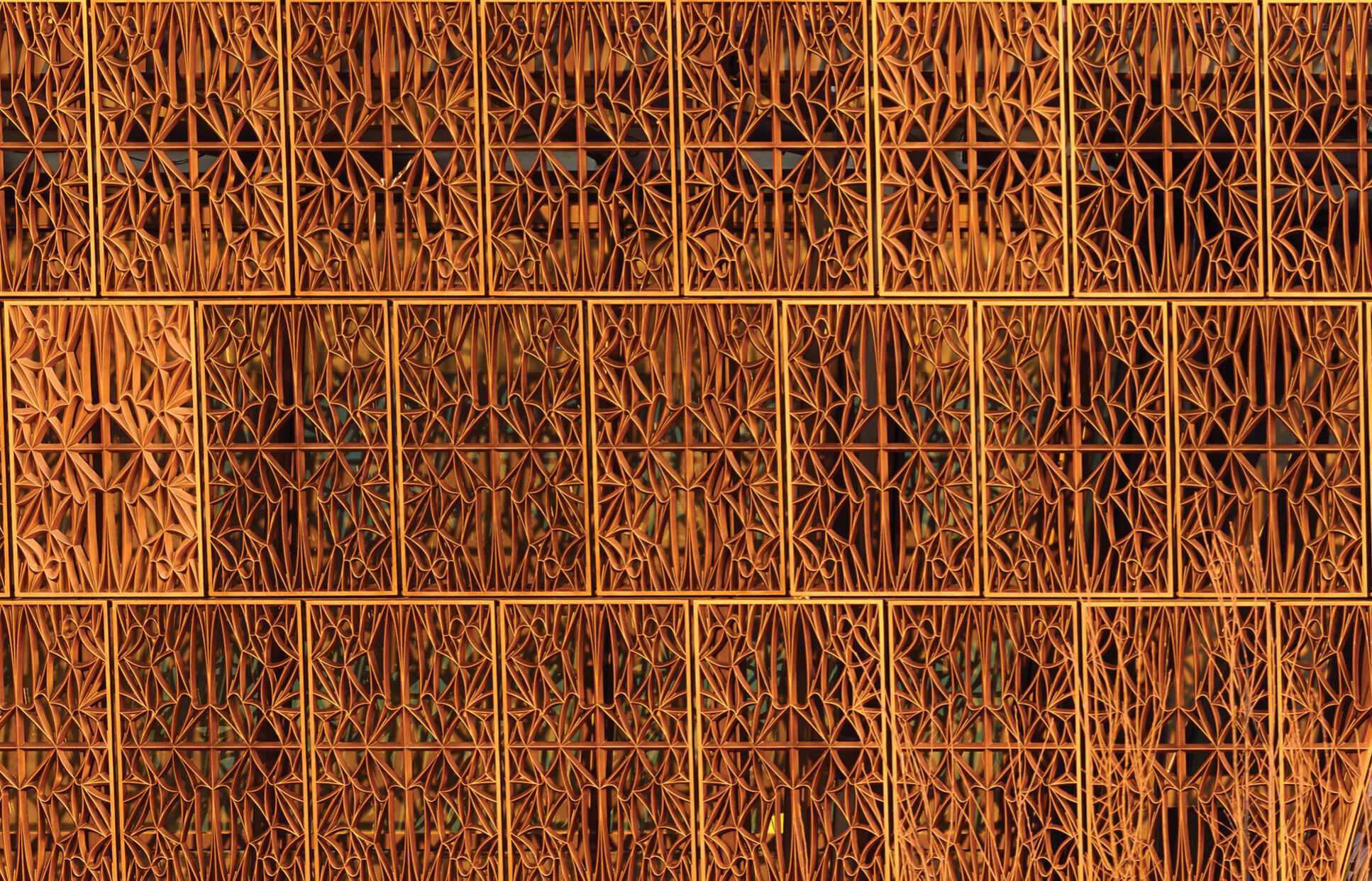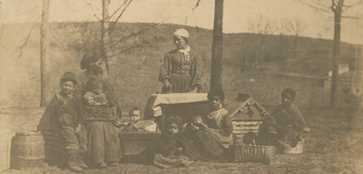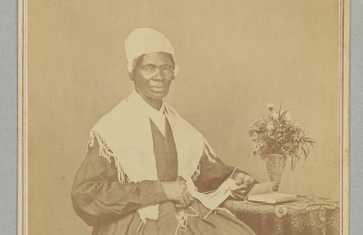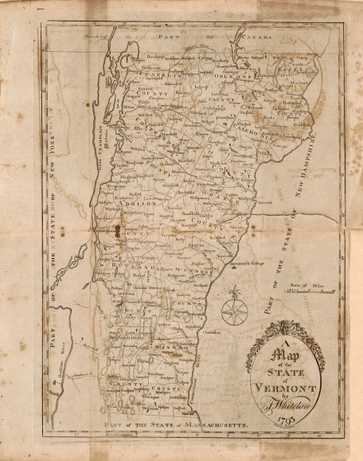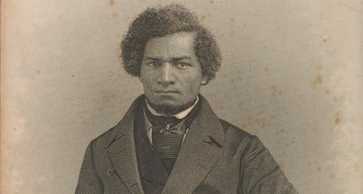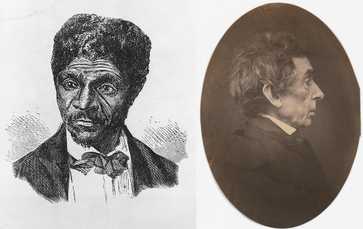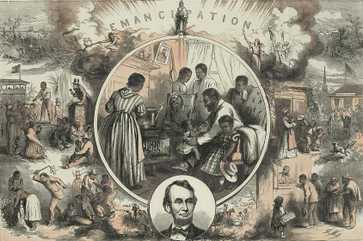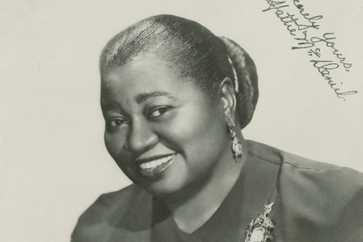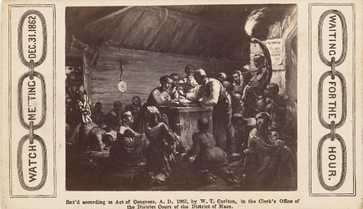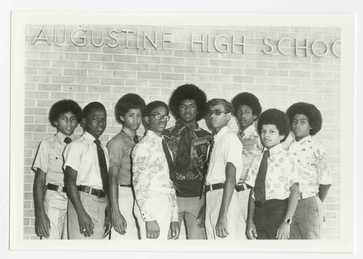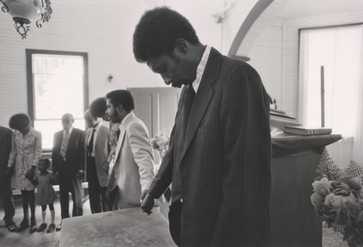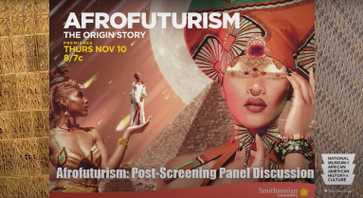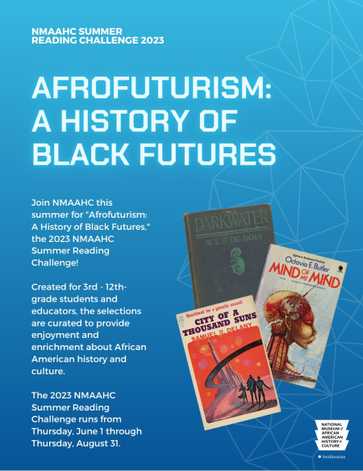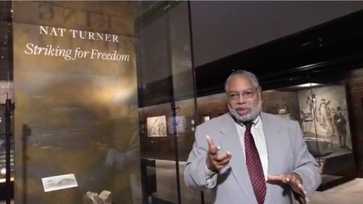
Freedom Calling
NMAAHC Founding Director Lonnie Bunch highlights stories behind iconic objects in the Slavery and Freedom exhibition
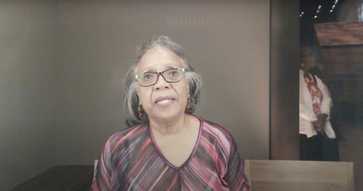
Visitor Voices
Museum visitors share their stories and reflections on the Slavery and Freedom exhibition
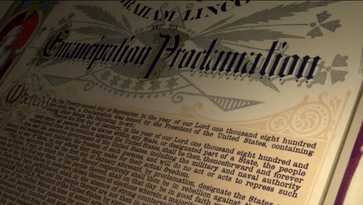
Emancipation Proclamation Legacy
Historians and other experts discuss the impact of the 1863 Emancipation Proclamation
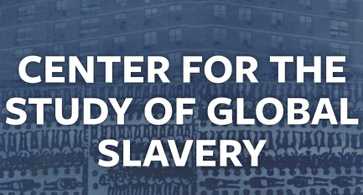
Center for the Study of Global Slavery
Advancing the understanding of slavery and its enduring legacies, through research, scholarship, and outreach programs
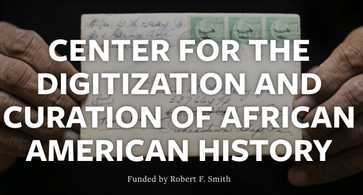
The Robert F. Smith Fund
Using innovative technology to preserve, share, and expand access to African American history and culture
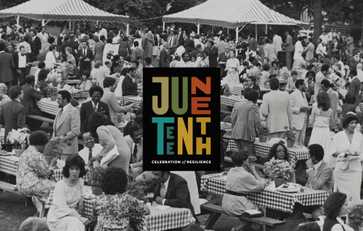
Juneteenth
Discover ways to celebrate this African American cultural tradition of music, food and freedom
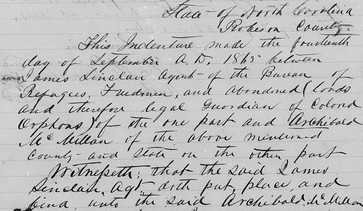
Freedmen’s Bureau Records
Explore and help transcribe records about the lives of newly freed people during Reconstruction
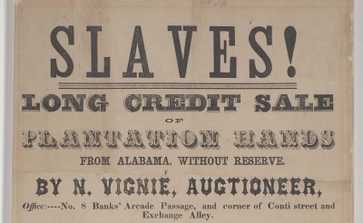
NMAAHC Collection Search
Search the Museum’s online collection for artifacts related to the history of slavery
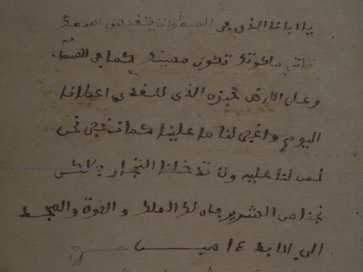
African Muslims in Early America
Enslaved Muslims used their faith and bilingual literacy to build community, resist slavery, and pursue freedom
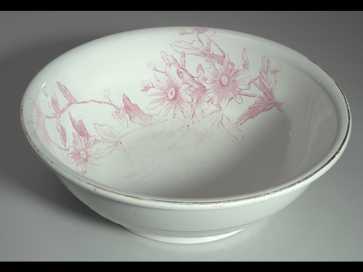
A Tree with Many Branches
Clara Ellis Payne’s family heirlooms trace back to ancestors who were enslaved by President James Madison
![A placard used during the Women's March on Washington, January 21, 2017. The corrugated cardboard placard is mostly yellow with white and blue text. The top third of the placard depicts six (6) cartoon portraits of women of varying ethnicities. All the women are depicted from the chin up and they are all smiling and looking at the viewer. The woman on the far left is depicted with blue cat eyeglasses. The women second from the left is depicted with blue hair with straight bangs across her forehead and a black headband. The third woman from the left is depicted with curly hair and blue, diamond shaped earrings. The third woman from the right is depicted with braids on either side of her head. The women second from the right is depicted with black hair with straight bangs across her forehead. The woman on the far right is depicted with white hair and eyebrows. Below the women’s heads is a band of black plastic tape. The bottom two thirds of the placard are yellow with white painted text outlined with blue and blue painted text that reads [WOMEN'S RIGHTS / are / HUMAN RIGHTS]. The word [are] is accessed on either side with two (2) five (5) pointed blue stars. The words [WOMEN'S] and [RIGHTS] are underlined with black plastic tape. The back of the placard is undecorated brown cardboard. Thick pieces of clear tape hold the four (4) pieces of cardboard together that comprise the placard.](/static/75cb6dab211bec00a4c4253ca4e8285d/c72c5/2017_102_001-0.jpg)
Activism
Search the Museum’s online collection for items related to historical and contemporary activism
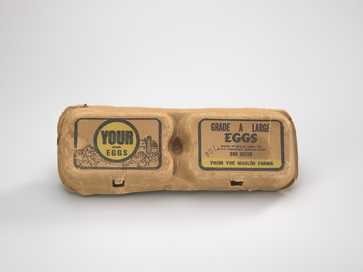
Enterprise
Search the Museum’s online collection for items related to business, entrepreneurship, and the pursuit of economic independence
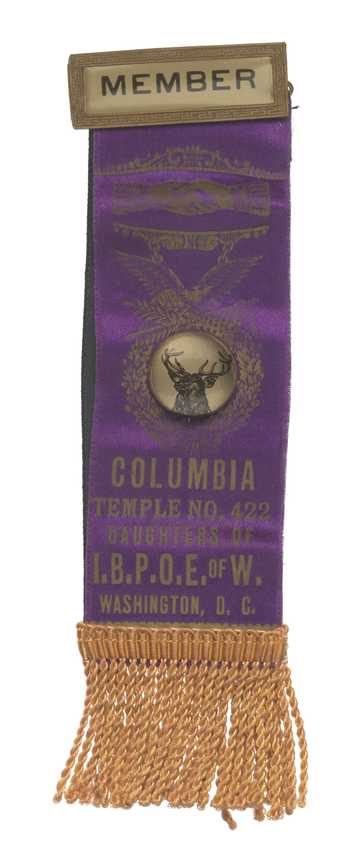
Organizations
Search the Museum’s online collection for items related to African American organizations
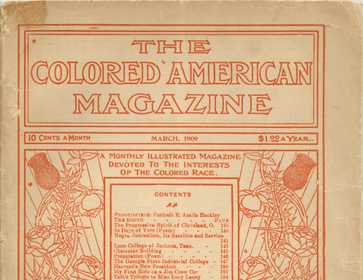
The Black Press
Search the Museum’s online collection for items related to the history of publishing and the Black press
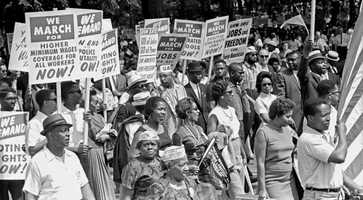
Civil Rights History Project
Oral history interviews with unsung activists of the 1950s and 1960s, produced by NMAAHC and the Library of Congress
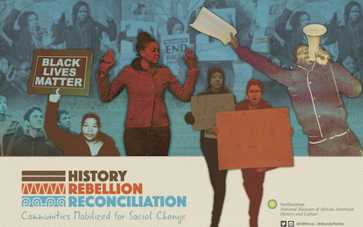
History, Rebellion, and Reconciliation
A series of public programs presented by NMAAHC examining race, justice, and community activism
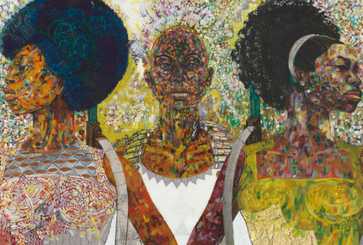
Center for the Study of African American Religious Life
Through innovative scholarship, public programs, and collecting, NMAAHC’s Center for the Study of African American Religious Life expands the ways religion is acknowledged and explored
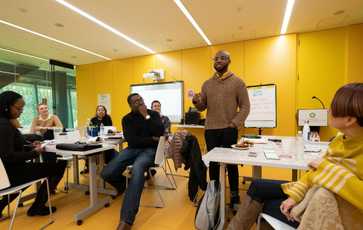
NMAAHC Educator Programs
Learn more about our Teaching and Learning Unit and Early Childhood Education Initiative
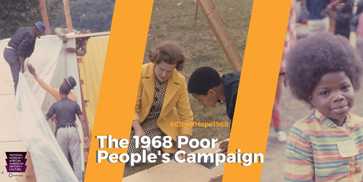
City of Hope
NMAAHC special exhibition commemorating the 50th anniversary of Dr. Martin Luther King Jr.’s campaign for economic justice
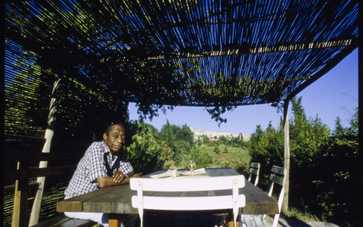
Chez Baldwin
An exploration of James Baldwin’s life and work as a writer and activist through the lens of his house in St. Paul de Vence, France
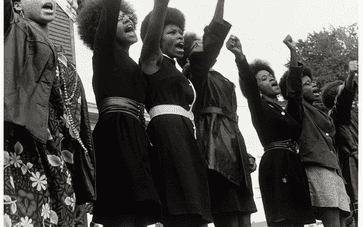
Seeing Black Women in Power
Photography and art from the NMAAHC collection reveal how Black women have employed language and voice to demonstrate political power and engage in activism
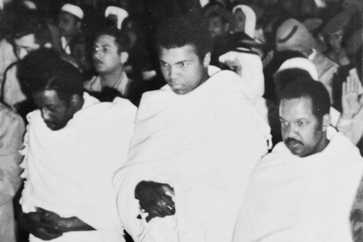
Muslim Artifacts at the National Museum of African American History and Culture
Discover how the material culture of African American Muslims helps to document the African American religious experience—its diversity, its origins, and its potency in the struggle for uplift and liberation
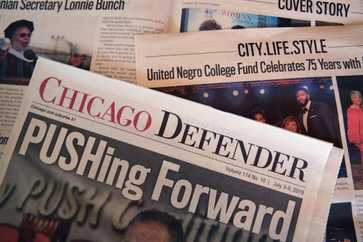
Remembering the Chicago Defender, Print Edition (1905–2019)
Learn more about the history and legacy of this groundbreaking Black newspaper
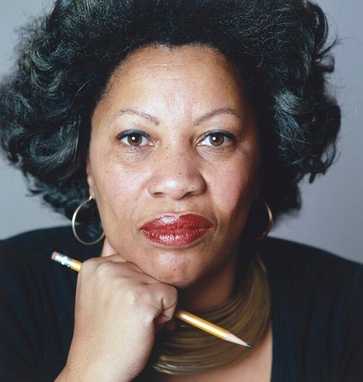
(Re)Creating the Narrative
In constructing their own narratives, Black women writers of the 1970s experimented with and expanded traditional boundaries of literature
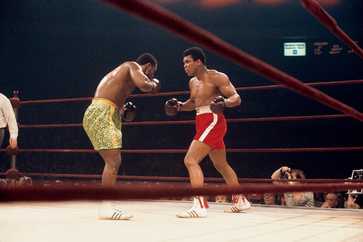
75 Years of Ebony Magazine
Explore the Johnson Publishing Collection and celebrate 75 years of Ebony Magazine and the African American experience

Afrofuturism NMAAHC Collections Search
Search the Museum’s collection to find object related to Afrofuturism
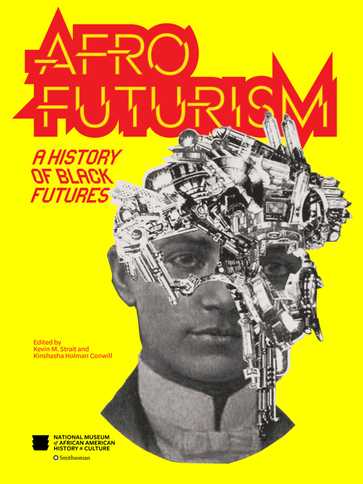
Afrofuturism: A History of Black Futures
This illustrated companion book to NMAAHC’s Afrofuturism: A History of Black Futures exhibition explores the power of Afrofuturism to reclaim the past and reimagine Black futures.
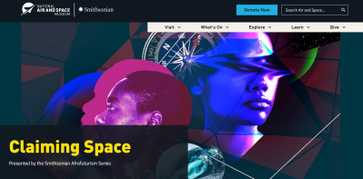
Claiming Space Symposium: Presented by the Smithsonian Afrofuturism Series
The Claiming Space Symposium examines Afrofuturist thought across oceans, into land reclamations, up to the stars, through cyberspace, and inward as Black visionaries look to the infinite space within.
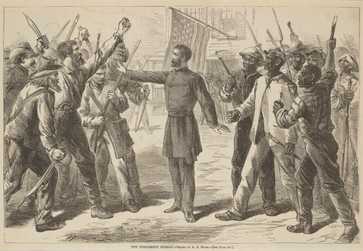
Reconstruction NMAAHC Collections Search
Search the Museum’s collection to find objects related to Reconstruction.
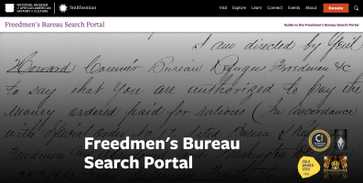
Make Good the Promises: Reconstruction and Its Legacies
This illustrated companion book to Make Good the Promises explores how Black Lives Matter, #SayHerName, antiracism and other current movements for repair find inspiration from the lessons of Reconstruction.
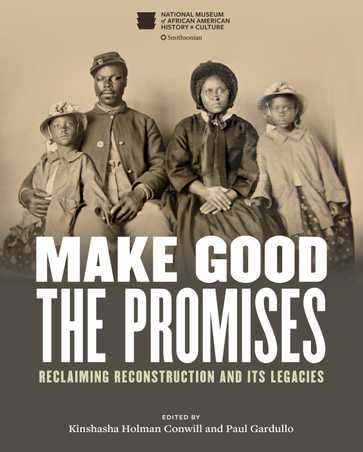
Freedmen’s Bureau Search Portal
Access millions of records documenting the names and lives of African Americans during Reconstruction.
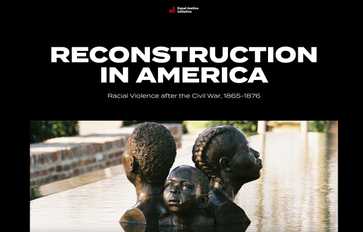
Reconstruction in America
The Equal Justice Initiative’s report on Reconstruction documents the discrimination and violence against African Americans after the end of slavery.
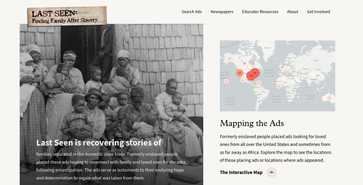
Last Seen: Finding Family After Slavery
Explore the newspaper ads formerly enslaved African Americans placed hoping to reunite with loved ones after slavery.
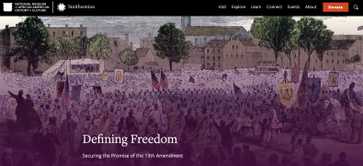
Defining Freedom: Securing the Promise of the 13th Amendment
The 13th Amendment formally abolished slavery throughout the United States. But ending slavery was only a first step toward securing full freedom and citizenship rights for African Americans.
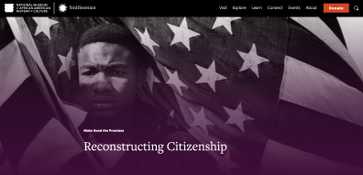
Reconstructing Citizenship
Although its promises have not always been upheld, the 14th Amendment has provided a legal basis to challenge discrimination, demand equal rights and protections, and effect change.
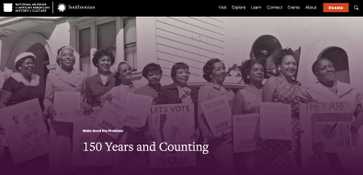
150 Years and Counting
More than 150 years after the 15th Amendment was ratified, African Americans are still fighting for equal access to the ballot box.
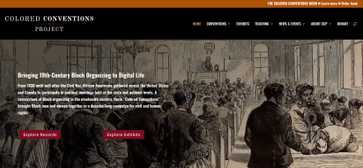
Colored Convention Project
Explore the proceedings of Colored Conventions from 1830 to 1899 and learn more about Black political organizing in the 19th century.
